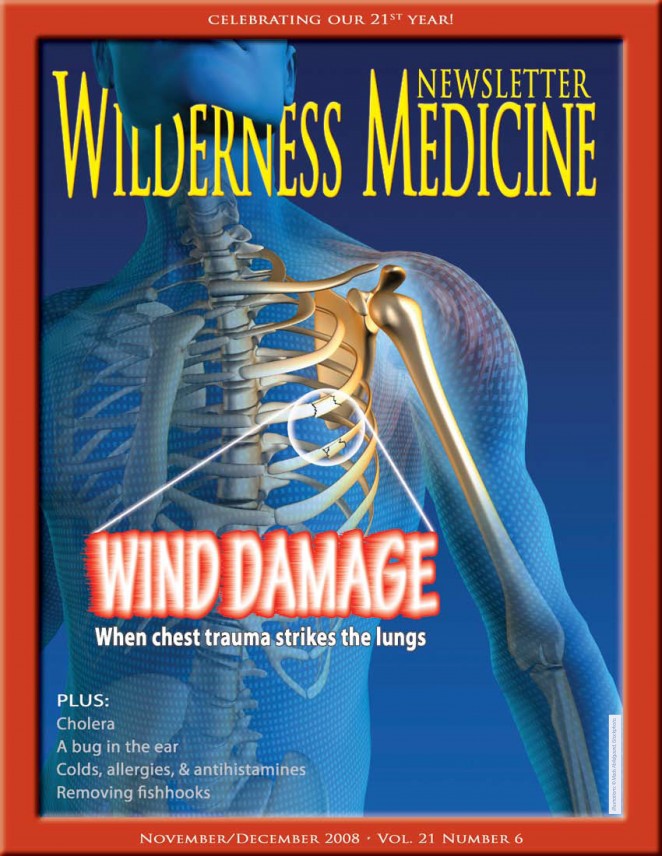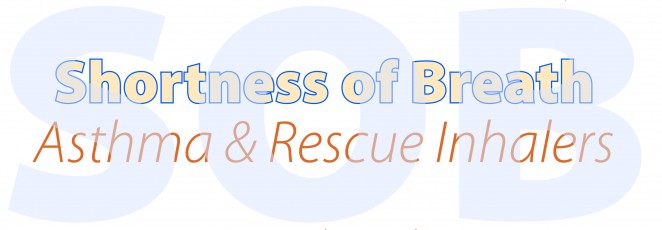THE USE OF MEDICAL OXYGEN IN EMS
ISSN-1059-6518
Volume 26 Number 4
By Frank Hubbell, DO
Illustrations By T.B.R. Walsh
MEDICAL OXYGEN (O2):
To be used on anyone who is exhibiting signs and symptoms of hypoxia:
Shortness of breath
Increase or decrease in respiratory rate
– Adult: respiratory rate less than 10 or greater than 30
– Child (1 year – 12 years old): respiratory rate less than 15 or greater than 30
– Infant (0 – 12 months old): respiratory rate less than 25 or greater than 50
Increase in heart rate.
Change in level of consciousness.
Change in skin color: pallor or cyanosis.
Never, ever withhold oxygen from someone who appears to need it.
The following is needed to provide supplemental oxygen to a patient:
✔ O2 tank
✔ Regulator
✔ Delivery device – O2 mask
Medical Oxygen Storage Tanks:
Come in various sizes.
✔ Are identified by color– either the entire tank is green or the curved part of the tank, “the shoulder,” is green
✔ Have an identifying yellow, diamond shaped label on the tank that is marked U.S.P. and Oxygen
✔ Full tanks contain 2000 PSI of pressure and must be handled properly.




